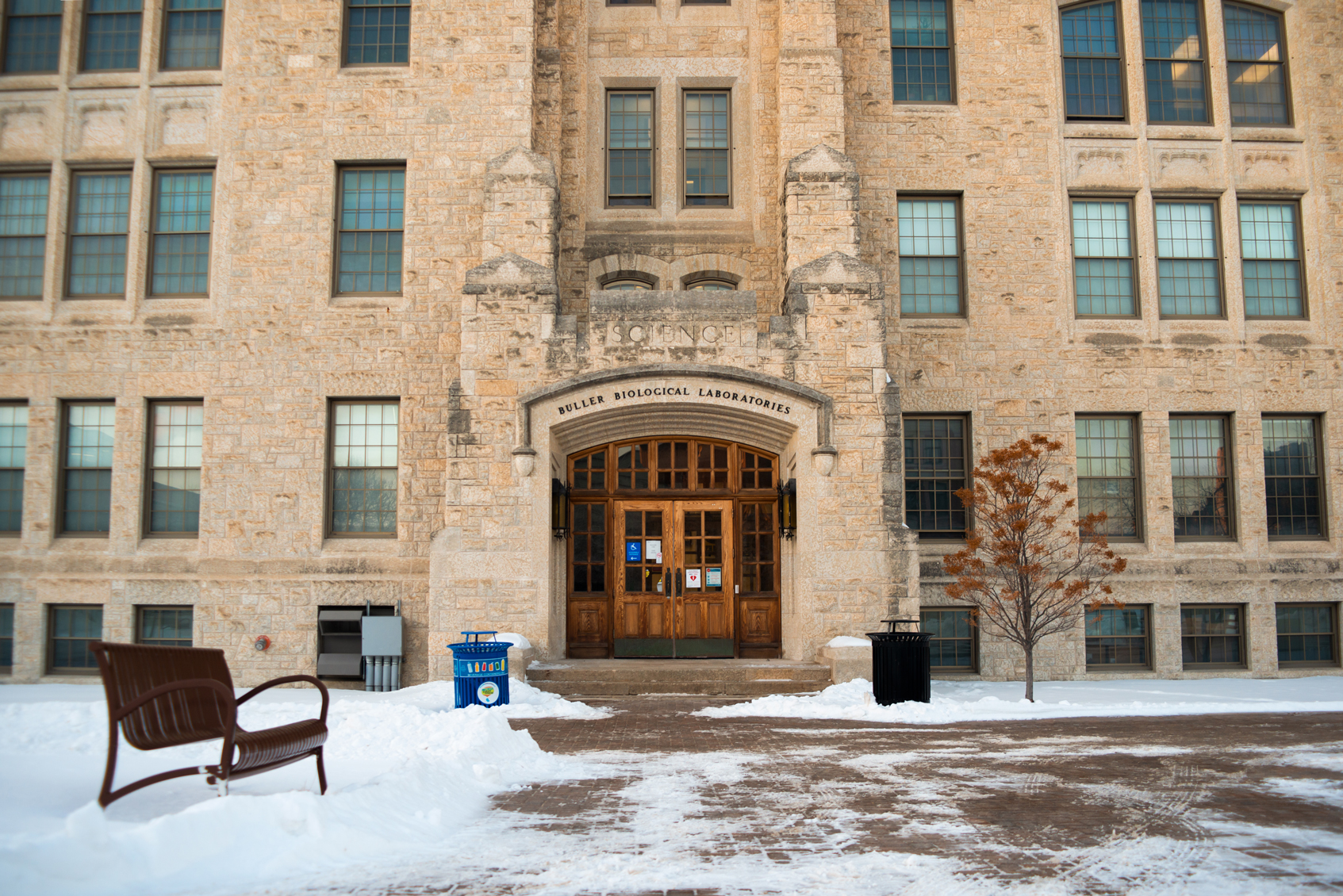With the results of a study published in the March 11 issue of Current Biology, scientists from University College London (UCL) have brought us closer to understanding how memories are fixed in our brains.
The study focuses on the recall of episodic memories, which, according to Jonathan Marotta, a neuroscientist here at the University of Manitoba, can best be thought of as memory for specific episodes or autobiographical events, like a “canoe trip on Lake Winnipeg two years ago.”
The study had the participants view three seven-second videos repeatedly — 15 times in total for each clip — and had them practice vividly recalling them, the repetition helped the researchers ensure that episodic memories of the videos they had seen were consolidated in memory.
The area of the brain thought to be most important for the consolidation of memory into long term storage is the hippocampus. In my interview with Marotta, he indicated that without the hippocampus, we would not be able to remember any new events. This has been demonstrated in the famous case of the memory impaired patient known only as “H.M..” Due to severe epilepsy, which caused unrelenting seizures, H.M. underwent a surgical procedure that removed his hippocampal region, which left him unable to commit new memories into long-term storage.
Naturally, since Martin Chadwick and colleagues at the UCL were interested in studying memory for events, they focused on the medial temporal lobe of the brain, the area that contains the hippocampus among other structures also thought to be important in memory. By scanning participants using functional magnetic resonance imaging (fMRI), and using a multivariate pattern analysis which Marotta informed me allowed for networks of activity to be assessed — as opposed to univariate analysis which focuses on specific regions of interest (ROI’s) — the researchers recorded the activity in the brain during the testing phase of the experiment, which had participants recall the videos both in a pre-determined order, then later at their own discretion.
The pattern of activation seen in voxels, the 3D, or volumetric, pixels which make up an fMRI image, were put into a computer algorithm which subsequently predicted with better than chance accuracy what memory the individuals were recalling. Because three videos were shown, chance would put the level of prediction at roughly 33 per cent. However, the computer reached a level of prediction significantly over chance at nearly 45 per cent. Although obviously not perfect, it does indicate that there were memory-specific activation patterns in the brain when memories were being recollected.
The activation patterns held “remarkably consistent” across the 10 participants, suggesting that the hippocampus has a functional layout which denotes specific regions of the hippocampus for specific processing of episodic memories. In other words, people’s memories have some regularity in the way they are recorded.
So if our memories are recorded in a predictable fashion, does this mean that one day scientists will be able to know what we’re thinking by scanning our brains?
Marotta thinks that, maybe one day, places like airports could scan us without our knowledge, in the name of airline safety. But that time is certainly not here yet. With our current technology, the ability to read minds is hardly a reliable, let alone practical pursuit. Right now, to perform an fMRI scan, a patient has to remain exceedingly still, and according to Marotta, “All the person would have to do is move around while being scanned or think about something else and the scan wouldn’t work.” Marotta concluded our correspondence on the future applications of fMRI by saying that before brain scanning becomes commonplace for purposes outside the laboratory, there will have to be a long discussion about the ethics involved in scanning someone’s mind without their permission — or knowledge.




